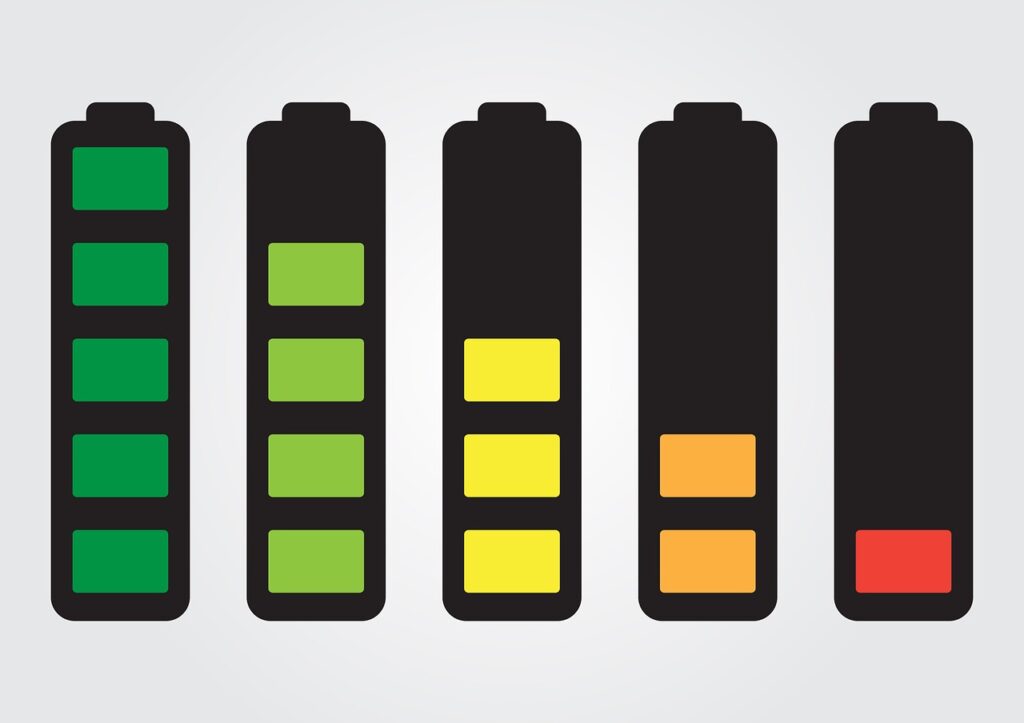Researchers from the US, Germany and China have developed a method to make zinc batteries rechargeable. In a recent paper published in journal Science, the team describes that by using a non-alkaline electrolyte they created a battery that could operate using a two-electron zinc-oxygen-zinc peroxide process which is far more reversible than conventional designs.
Current Batteries
Alkaline batteries are the most commonly used batteries. These are based on zinc as zinc is very inexpensive and also it can be used to make one of the electrodes for simple batteries, other electrode being made from air. This simple design has made it possible for mass production of zinc-batteries. These are lightweight and can be made in a variety of sizes. The drawback is that these batteries end up in landfills once they are used, which is an unsustainable solution to power storage.
The new research has created rechargeable zinc-based batteries. In conventional batteries which are made using an alkaline electrolyte, a four-electron decrease of oxygen to water is involved, which is a slow exercise.
Researchers found that by using a proper choice for non-alkaline electrolyte it was possible to create a battery using a two-electron zinc-oxygen-zinc peroxide interaction, one that is much more reversible than conventional batteries. The electrolyte was also made hydrophobic. This prevents water from nearing the cathode’s surface which prevented reduction and as a result this slowed the creation of spiky structures that reduce lifetime of conventional batteries. New design showed it could hold a charge even after cycling for 1600 hours.
The basis of this innovative battery is a non-alkaline, aqueous electrolyte.
However, there are still a few problems that are yet to be solved. The spikey structures also formed over time. Rate of charge was also a problem where one cycle took about 20 hours. They plan to test options to address such problems, such as using a catalyst that helps with peroxide formation to improve the charge rate.
Journal Reference:
Wei Sun et al. A rechargeable zinc-air battery based on zinc peroxide chemistry, Science (2020). DOI: 10.1126/science.abb9554

